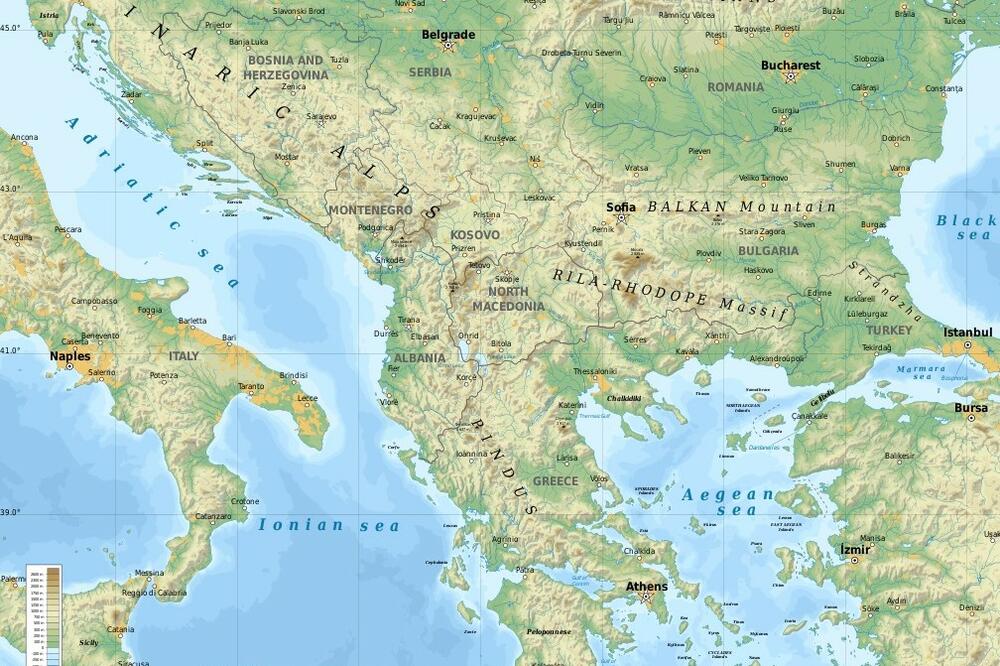Key Highlights
- Montenegro, located in the Balkan Peninsula, is a stunning country with a beautiful coastline along the Adriatic Sea.
- The Montenegrin coast is known for its picturesque beaches and charming coastal towns.
- The country is home to the highest point in Montenegro, Mount Lovćen, which offers breathtaking views of the surrounding landscape.
- Montenegro's diverse geography includes rugged mountains, coastal plains, and stunning river valleys.
- With its rich history and cultural landmarks, Montenegro is a must-visit destination for travelers looking to explore the beauty of the Balkans.
Understanding Montenegro's Geography
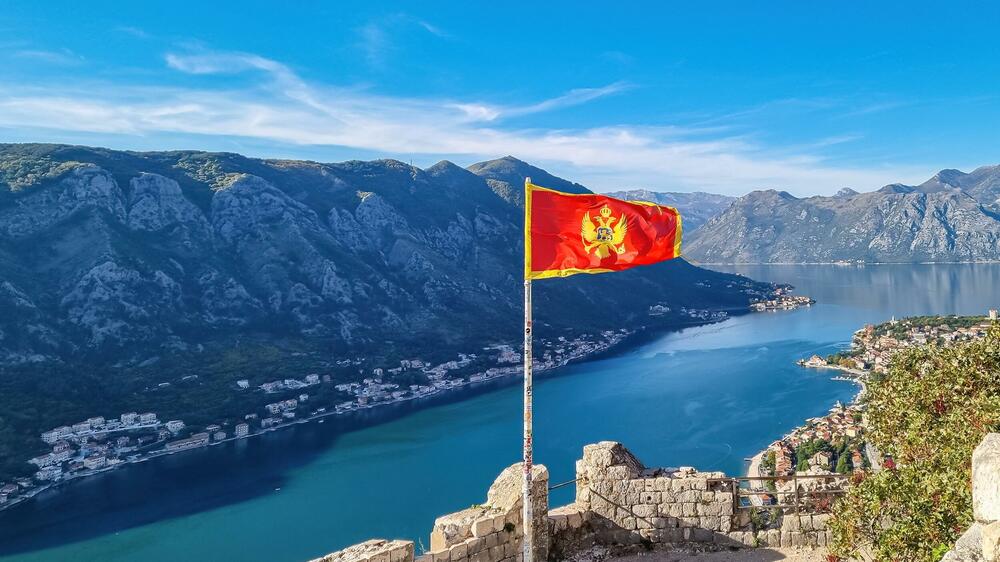
To truly appreciate the beauty of Montenegro, it is essential to understand its geography. Located on the Balkan Peninsula, Montenegro is a small country known for its stunning landscapes and diverse terrain. The country is often referred to as "Crna Gora" by the locals, which means "Black Mountain" in Montenegrin. Montenegro is divided into several municipalities, each with its unique character and attractions. From the coastal towns of Budva and Kotor to the mountainous regions of Durmitor and Lovćen, each municipality offers a different experience for visitors, making it a popular destination for tourism and monetary trade.
The Balkan Peninsula, where Montenegro is located, is known for its rugged mountains, deep valleys, and stunning coastlines. Montenegro's geography perfectly captures the essence of the Balkans, with its mixture of natural beauty and rich cultural heritage. The country's landscapes range from the highest peaks of the Dinaric Alps to the sandy beaches along the Adriatic Sea. Montenegro's diverse geography, including some of the most rugged terrain in Europe, is a paradise for outdoor enthusiasts, offering opportunities for hiking, mountain climbing, and water sports.
The Significance of Montenegro in the Balkans
Situated on the Balkan Peninsula, Montenegro holds great significance in the region. Historically, Montenegro was part of the former Yugoslavia, and its unique position and cultural heritage have shaped its identity.
As one of the six republics of the former Yugoslavia, Montenegro shares its borders with Serbia, Bosnia and Herzegovina, Kosovo, Croatia, and Albania. Throughout history, Montenegro has played a crucial role in the political and cultural landscape of the Balkans.
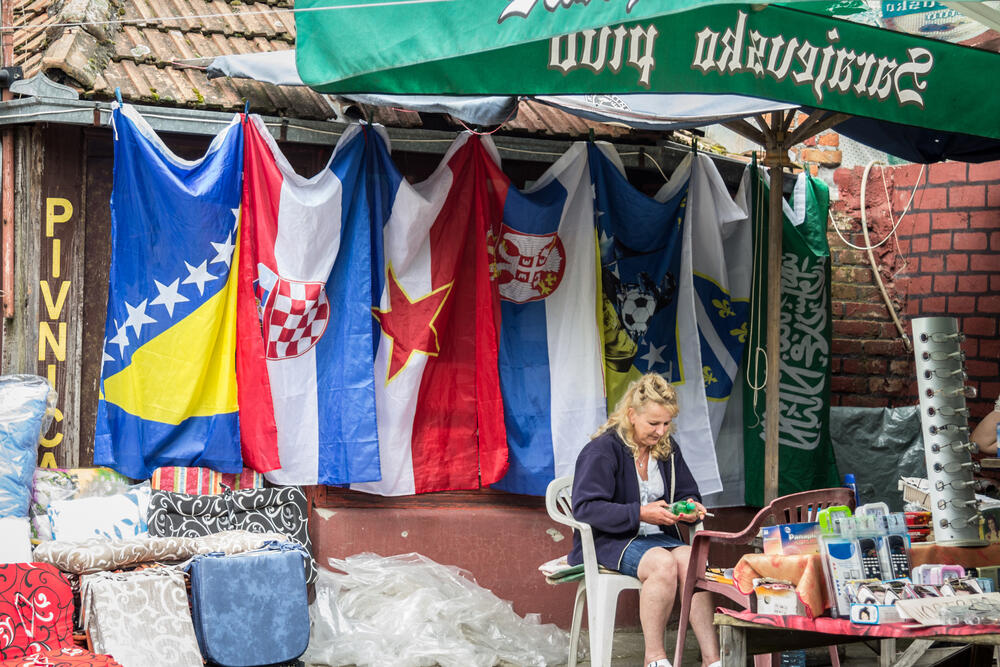
Today, Montenegro is an independent country, but its historical ties to the region are still evident. The country's rich cultural heritage and historical landmarks reflect its complex history, and visitors can explore ancient monasteries, fortresses, and other cultural landmarks that tell the story of Montenegro's past.
Major Mountain Ranges and Their Peaks
Montenegro is known for its rugged mountain ranges that dominate its landscape. These majestic peaks offer breathtaking views and opportunities for outdoor adventures.
One of the major mountain ranges in Montenegro is the Durmitor range, known for its rugged terrain and stunning beauty. The highest peak in Montenegro, Mount Bobotov Kuk, is located in the Durmitor range, standing at an impressive elevation of 8,274 feet (2,522 meters) above sea level. Hiking enthusiasts can explore the numerous trails that wind through the Durmitor National Park, offering stunning views of the surrounding mountains and glacial lakes.
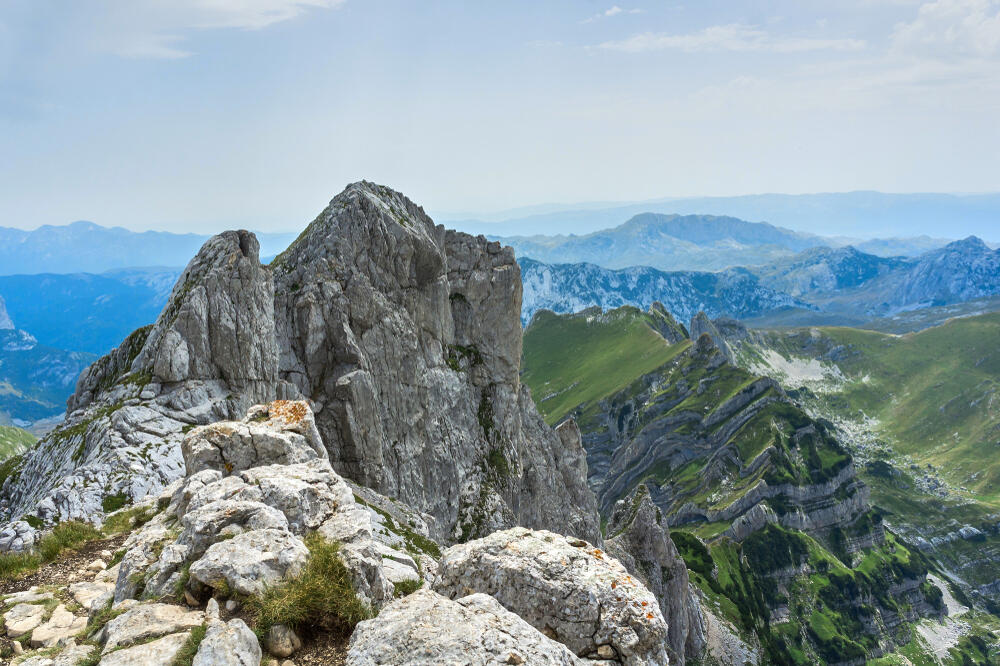
Another prominent mountain range in Montenegro is Mount Lovćen, which is home to the famous Njegoš Mausoleum. This mountain range offers panoramic views of the Adriatic Sea and the Bay of Kotor, making it a popular destination for both hikers and nature lovers.
Exploring Montenegro's Coastline and Beaches
The Montenegrin coastline is a true gem of the Adriatic Sea. With its crystal-clear waters, charming coastal towns, and stunning beaches, it's no wonder that Montenegro's coast is a popular destination for travelers.
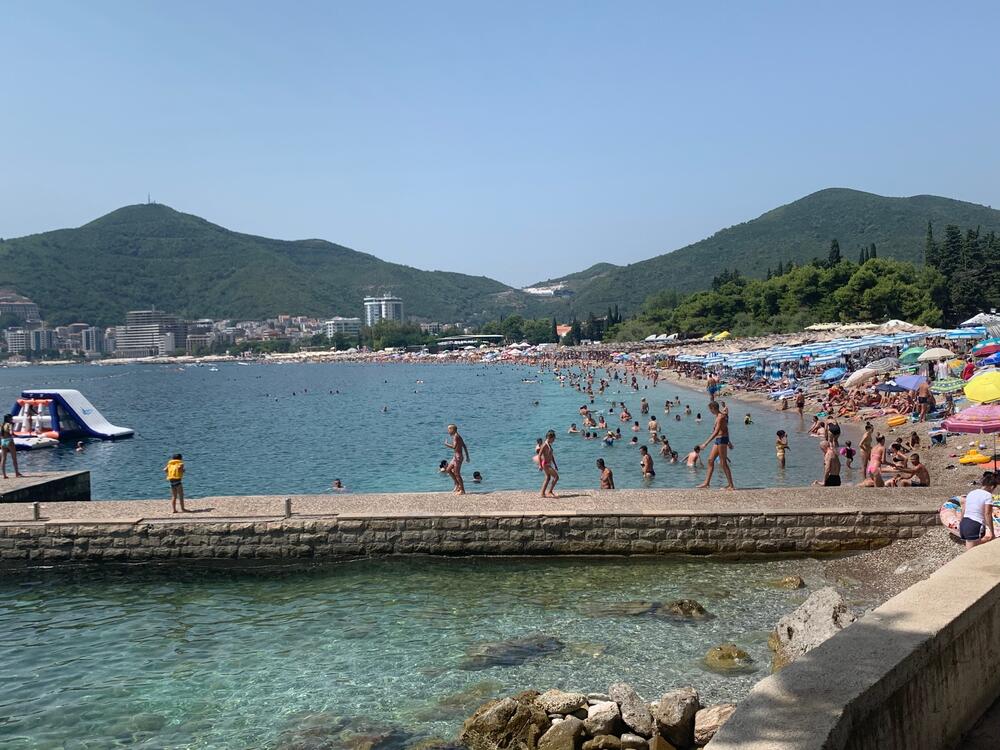
The Montenegrin coast stretches for about 180 miles along the Adriatic Sea, offering a diverse range of beaches and coastal landscapes. From sandy beaches to hidden coves, there is something for everyone along the Montenegrin coast.
One of the highlights of the Montenegrin coast is the Bay of Kotor, a UNESCO World Heritage site. This submerged river canyon is surrounded by towering mountains and dotted with medieval fortresses and charming coastal towns. The bay is a paradise for sailors and offers breathtaking views at every turn.
The coastal plain of Montenegro is home to a number of popular beach destinations, including Budva and Ulcinj. Budva is known for its vibrant nightlife, historic old town, and sandy beaches, while Ulcinj boasts some of the longest sandy beaches on the Adriatic coast.
The Adriatic Sea and Montenegro's Access to It
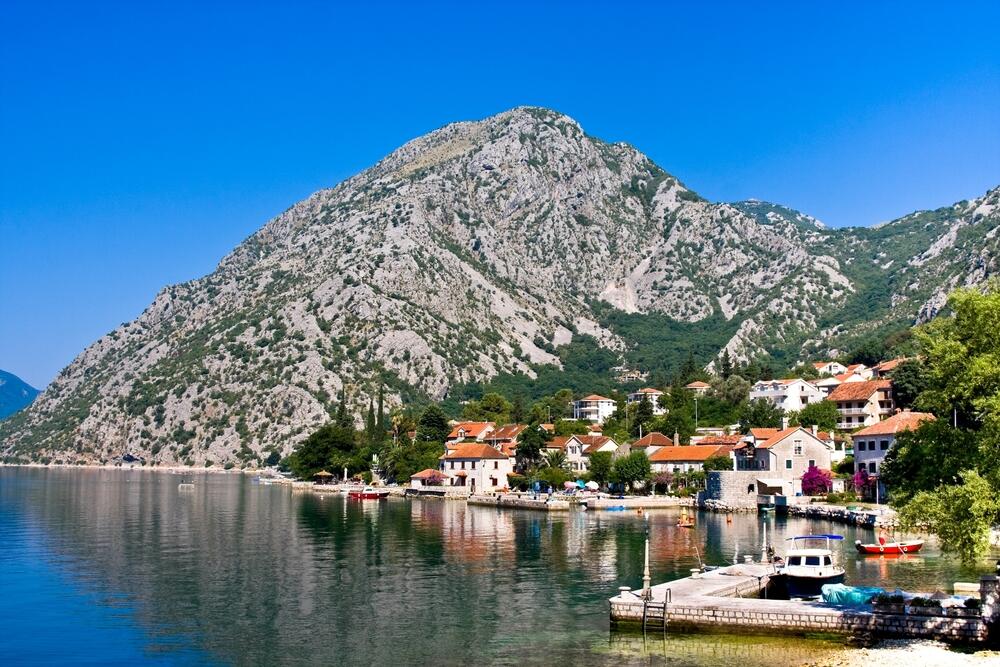
Montenegro is blessed with a stunning coastline along the Adriatic Sea, providing access to the crystal-clear waters and beautiful beaches of the Mediterranean.
The Adriatic Sea is known for its turquoise waters and picturesque coastlines, and the Montenegrin coast is no exception. The coast of Montenegro offers a diverse range of landscapes, from sandy beaches to rocky cliffs, providing something for every beach lover.
Montenegro's access to the Adriatic Sea makes it a perfect destination for water enthusiasts. Whether you enjoy swimming, snorkeling, or sailing, the Adriatic Sea offers a playground for water activities.
The Montenegrin coast is dotted with charming coastal towns, such as Budva, Kotor, and Herceg Novi, where you can explore historic sites, indulge in local cuisine, and soak up the Mediterranean atmosphere.
Popular Coastal Towns and Beaches for Visitors
Montenegro's coastal towns and beaches are a delight for visitors seeking relaxation, history, and natural beauty. Here are some popular coastal towns and beaches to explore:
- Kotor: This UNESCO World Heritage site is known for its stunning medieval architecture, charming narrow streets, and the iconic Kotor Fortress.
- Budva: Famous for its vibrant nightlife, historic old town, and sandy beaches, Budva attracts visitors looking for a lively beach holiday.
- Sveti Stefan: A picturesque island turned luxury resort, Sveti Stefan offers exclusive beaches and stunning views of the Adriatic Sea.
- Ulcinj: Located on the southernmost tip of Montenegro, Ulcinj boasts some of the longest sandy beaches on the Adriatic coast.
Montenegro's River Map: A Guide to Its Waterways
Montenegro is blessed with a network of rivers that traverse its varied landscapes, offering stunning views and opportunities for outdoor activities. Exploring Montenegro's waterways is a unique way to experience the country's natural beauty.
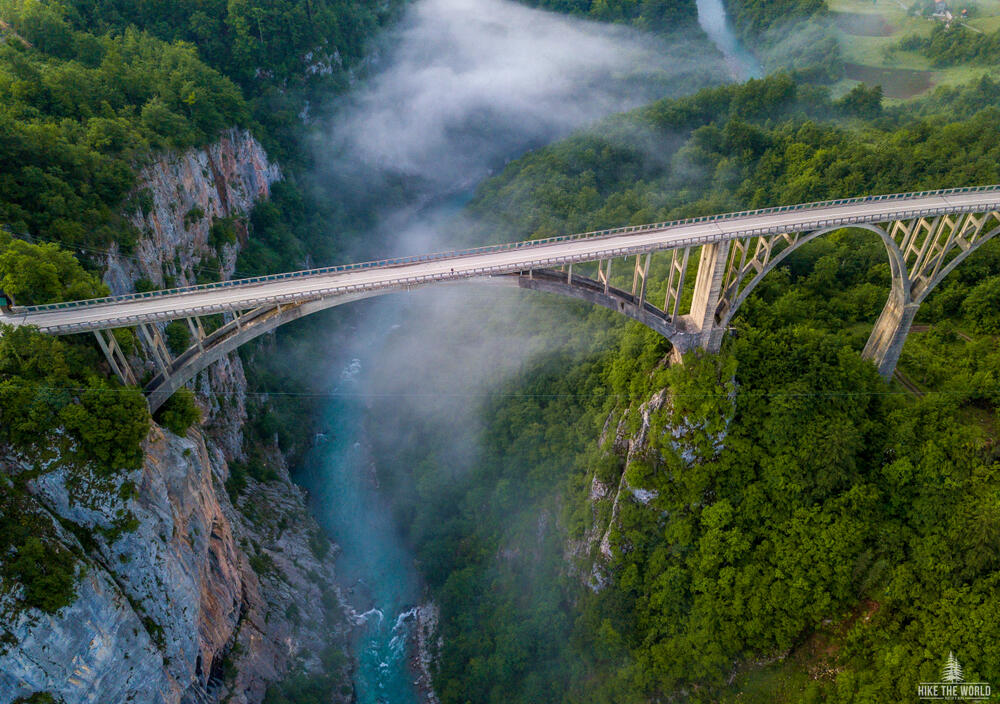
One of the key rivers in Montenegro is the Tara River, which flows through the Durmitor National Park. The Tara River Canyon, the deepest canyon in Europe, is a popular destination for white-water rafting enthusiasts. The stunning turquoise waters and sheer cliffs make it a must-visit for adventure seekers.
Another notable river in Montenegro is the Morača River, which flows through the capital city of Podgorica. The Morača River is surrounded by lush greenery and offers a serene setting for fishing or simply enjoying a peaceful stroll along its banks.
In the northern region of Montenegro, the Lim River and the Ibar River are major waterways that provide picturesque landscapes and opportunities for outdoor activities.
Key Rivers and Their Roles in Montenegro's Ecosystem
Montenegro's rivers play a crucial role in the country's ecosystem, providing habitats for diverse wildlife and contributing to the overall biodiversity of the region.
One of the key rivers in Montenegro is the Tara River, which flows through the Durmitor National Park. The Tara River Canyon, with its crystal-clear waters and lush vegetation, is not only a popular destination for outdoor enthusiasts but also an important ecosystem supporting a wide range of plant and animal species.
The Morača River, which flows through the capital city of Podgorica, is an essential waterway that provides drinking water and irrigation for agricultural purposes. It also supports diverse ecosystems along its banks, including wetlands and forests.
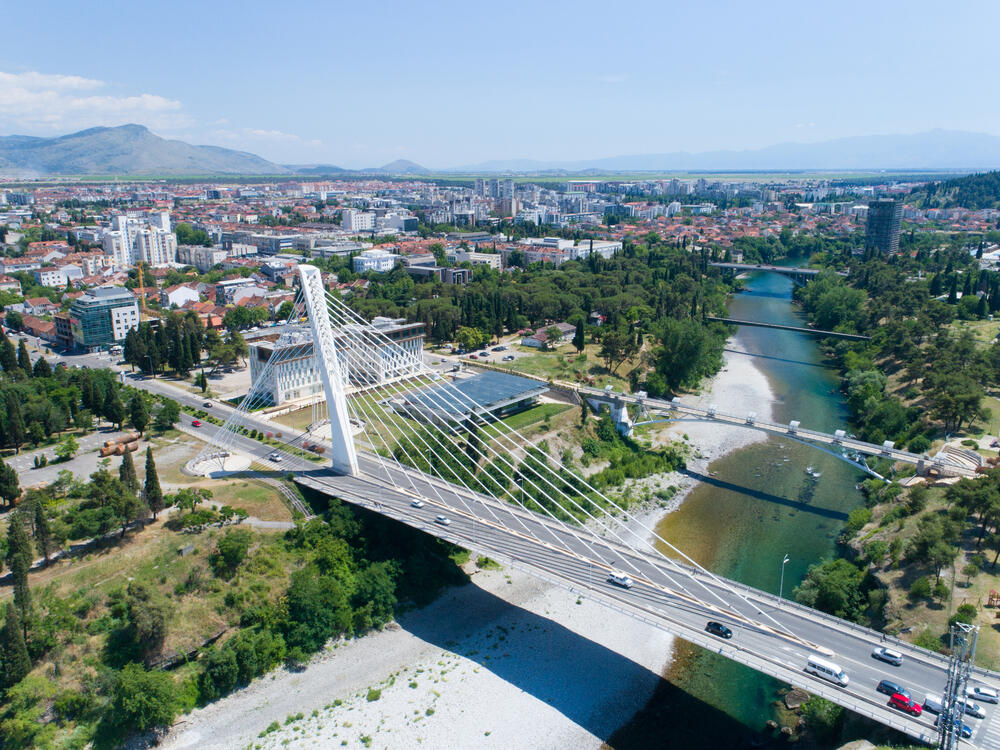
In the northern region of Montenegro, the Lim River and the Ibar River are important rivers that contribute to the region's biodiversity and provide habitats for various wildlife species.
Montenegro recognizes the importance of its rivers and has implemented measures to protect and preserve them. Through sustainable management and conservation efforts, Montenegro ensures the long-term health and stability of its river ecosystems.
Navigating Montenegro's Lakes and Reservoirs
Montenegro is not only known for its rivers but also for its stunning lakes and reservoirs. These bodies of water offer tranquil settings and recreational opportunities for visitors to enjoy.
Lake Skadar, the largest lake in the Balkans, spans across Montenegro and Albania, providing a picturesque setting for boating, kayaking, and birdwatching. The lake is home to diverse ecosystems, including wetlands and marshes, which support a wide variety of plant and animal species.
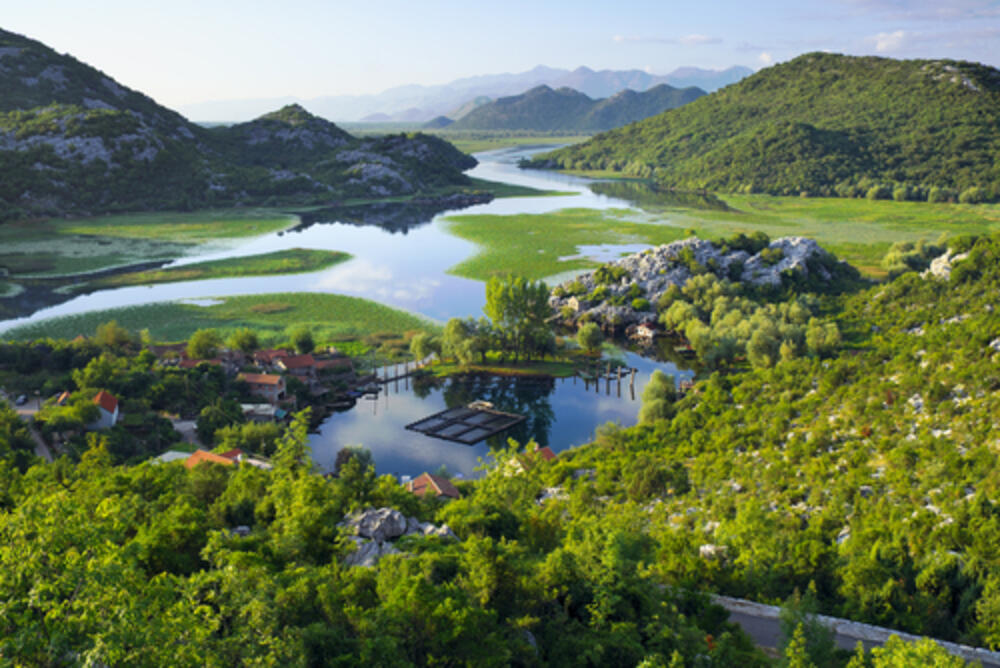
Lake Piva, created by the construction of the Piva Dam, is another popular destination in Montenegro. The lake is surrounded by breathtaking mountain scenery and offers opportunities for fishing, boating, and hiking.
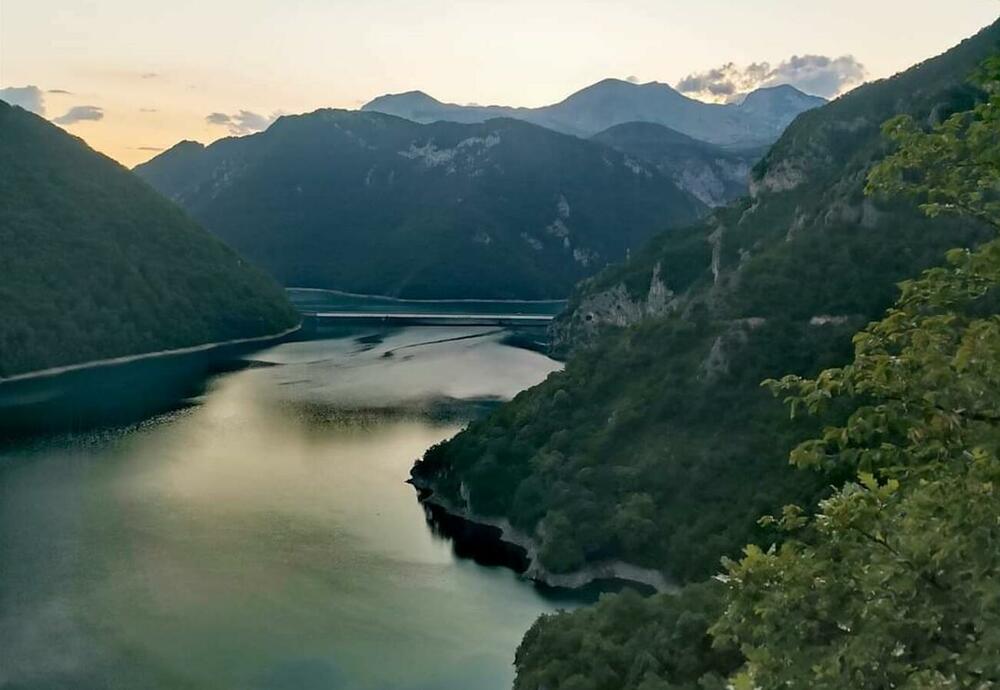
Cetinje, Montenegro's former royal capital, is located near Lake Skadar and offers a charming setting for visitors to explore. The town is known for its historic buildings, museums, and cultural heritage.
Navigating Montenegro: An Overview of Road and Transportation Maps
Navigating Montenegro is made easy by the country's well-connected road network and efficient transportation system. Whether you're traveling by car, bus, or train, you'll find that getting around Montenegro is convenient and hassle-free.
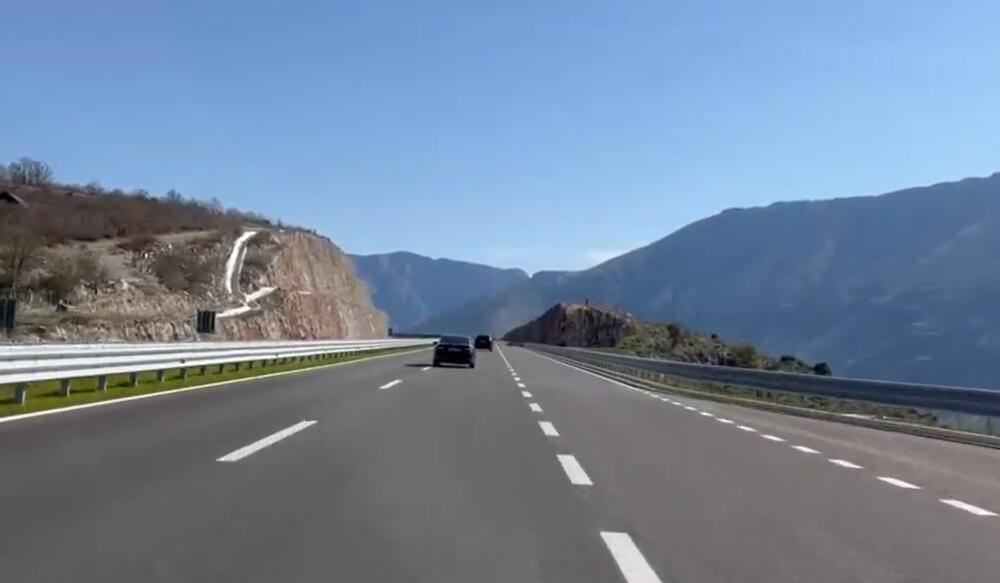
The largest city in Montenegro, Podgorica, serves as the main transportation hub, with an international airport and a well-connected road and rail network. From Podgorica, you can easily reach other major cities and tourist destinations in Montenegro.
Montenegro's road network is well-maintained and offers stunning views of the country's diverse landscapes. The country has a total road network of approximately 5,500 kilometers, making it easy to explore the different regions of Montenegro.
If you prefer public transportation, buses offer a convenient and affordable way to travel around the country. The bus network connects major cities and towns in Montenegro, allowing you to explore different regions without the need for a car.
For those who prefer train travel, Montenegro has a limited railway network that connects major cities such as Podgorica, Nikšić, and Bar. The train journey offers scenic views of Montenegro's landscapes and is a unique way to explore the country.
Main Highways and Routes for Travelers
Montenegro's main highways and routes provide easy access to the country's diverse landscapes and popular tourist destinations. Here are some of the main highways and routes that travelers can take:
- E65: This European route connects Montenegro to neighboring countries, passing through major cities such as Podgorica, Nikšić, and Pljevlja.
- M2: This highway connects the coastal town of Bar to the capital city of Podgorica, providing access to the Montenegrin coast.
- M3: This route connects Podgorica to the northern region of Montenegro, passing through scenic landscapes and historic towns.
- M1: This highway connects Podgorica to the town of Bijelo Polje, providing access to the mountainous regions of Montenegro.
- M4: This route connects the town of Nikšić to the coastal town of Herceg Novi, offering stunning views of the Bay of Kotor.
These highways and routes connect various municipalities and regions in Montenegro, making it easy for travelers to explore the country's diverse landscapes, historic sites, and cultural heritage.
Public Transportation Options for Tourists
Montenegro offers a range of public transportation options for tourists, making it easy to explore the country's diverse landscapes and attractions. Here are some options for getting around Montenegro:
- Buses: Montenegro has a developed bus network that connects major cities, towns, and tourist destinations. Buses are an affordable and convenient way to travel around the country, with regular schedules and comfortable seating.
- Trains: Montenegro has a limited railway network, but train travel can be a scenic and enjoyable way to explore the country. Trains connect major cities such as Podgorica, Nikšić, and Bar, offering stunning views of Montenegro's landscapes.
- Taxis: Taxis are widely available in Montenegro's cities and towns and offer a convenient way to travel shorter distances. Always ensure that the taxi has a working meter or negotiate the fare before starting the journey.
- Car Rentals: Renting a car is a popular option for tourists who want to explore Montenegro at their own pace. Car rental agencies are available in major cities and at airports, offering a wide range of vehicles to suit different needs.
Montenegro's Natural Landmarks and Their Locations
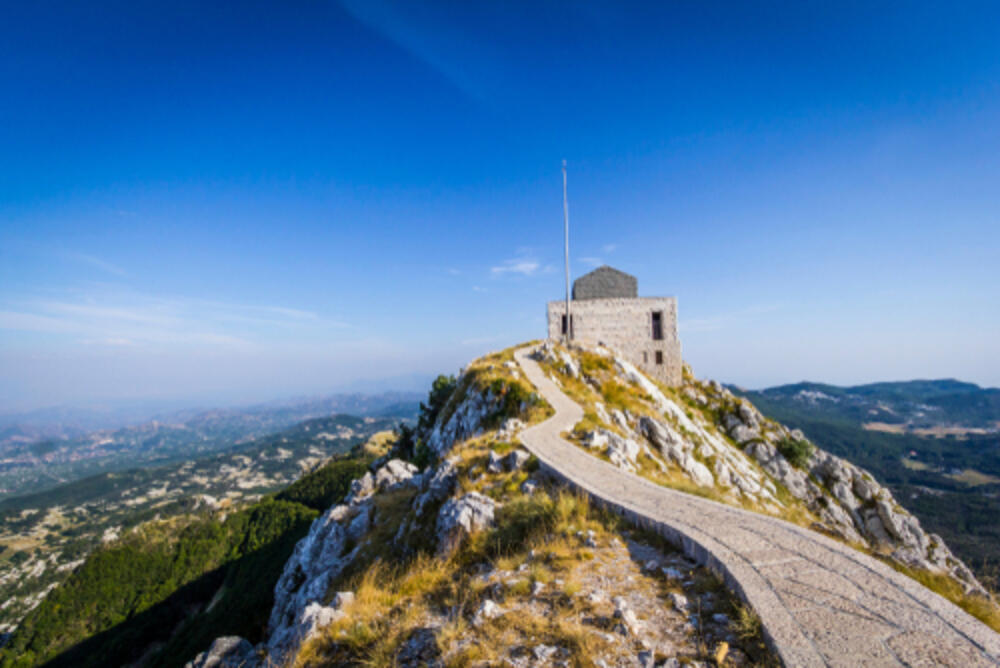
Montenegro is renowned for its natural landmarks, which showcase the country's diverse landscapes and breathtaking beauty. From rugged mountains to pristine lakes and national parks, here are some of Montenegro's natural landmarks and their locations:
- Durmitor National Park: Located in the northwestern region of Montenegro, Durmitor National Park is known for its rugged mountain peaks, glacial lakes, and deep river canyons. The park is a UNESCO World Heritage site and offers numerous hiking trails, including the famous Bobotov Kuk peak.
- Lovćen National Park: Located near the coastal town of Kotor, Lovćen National Park is known for its stunning vistas and the iconic mausoleum of Petar II Petrović-Njegoš. The park offers hiking trails, cultural sites, and panoramic views of the Adriatic Sea and the Bay of Kotor.
- Lake Skadar: Spanning across Montenegro and Albania, Lake Skadar is the largest lake in the Balkans and a haven for birdwatchers. The lake is surrounded by picturesque landscapes, including wetlands, marshes, and historic villages.
- Biogradska Gora National Park: Located in the central region of Montenegro, Biogradska Gora National Park is home to one of the last primeval forests in Europe. The park offers hiking trails, crystal-clear lakes, and diverse flora and fauna.
These natural landmarks showcase the diverse beauty of Montenegro's landscapes and offer opportunities for outdoor adventures and exploration.
UNESCO World Heritage Sites in Montenegro
Montenegro is proud to be home to several UNESCO World Heritage sites, which highlight the country's rich cultural heritage and historical significance. Here are some of the UNESCO World Heritage sites in Montenegro:
- Kotor: The beautiful coastal town of Kotor is a UNESCO World Heritage site due to its well-preserved medieval architecture and stunning natural setting. The old town of Kotor is a maze of narrow streets, historic buildings, and charming squares.
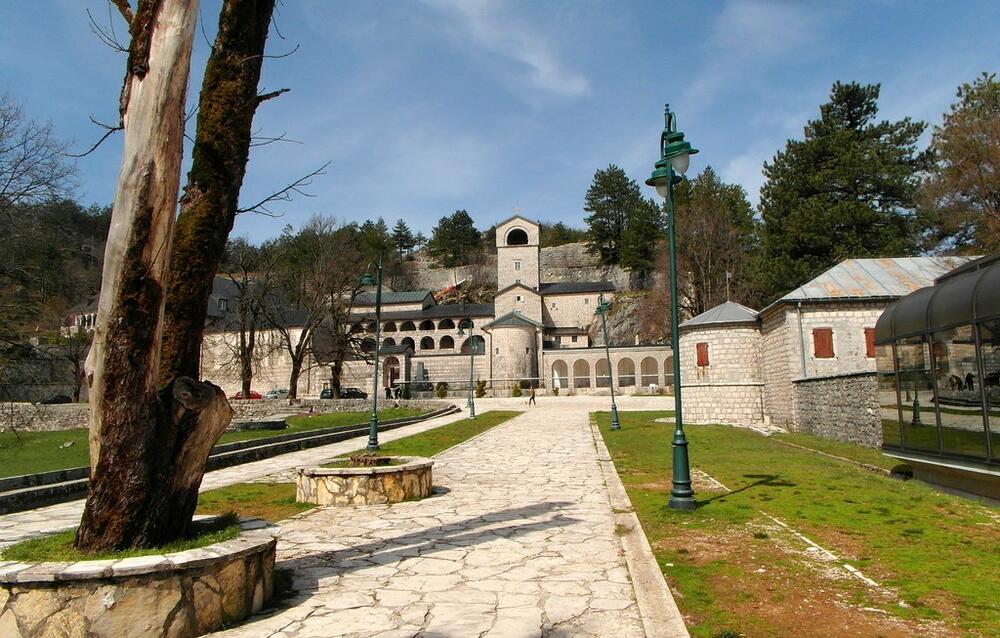
These UNESCO World Heritage sites showcase Montenegro's rich history and cultural heritage, offering visitors a glimpse into the country's past. Exploring these sites allows you to immerse yourself in the unique charm of Montenegro and appreciate its cultural significance.
Must-Visit National Parks and Their Unique Features
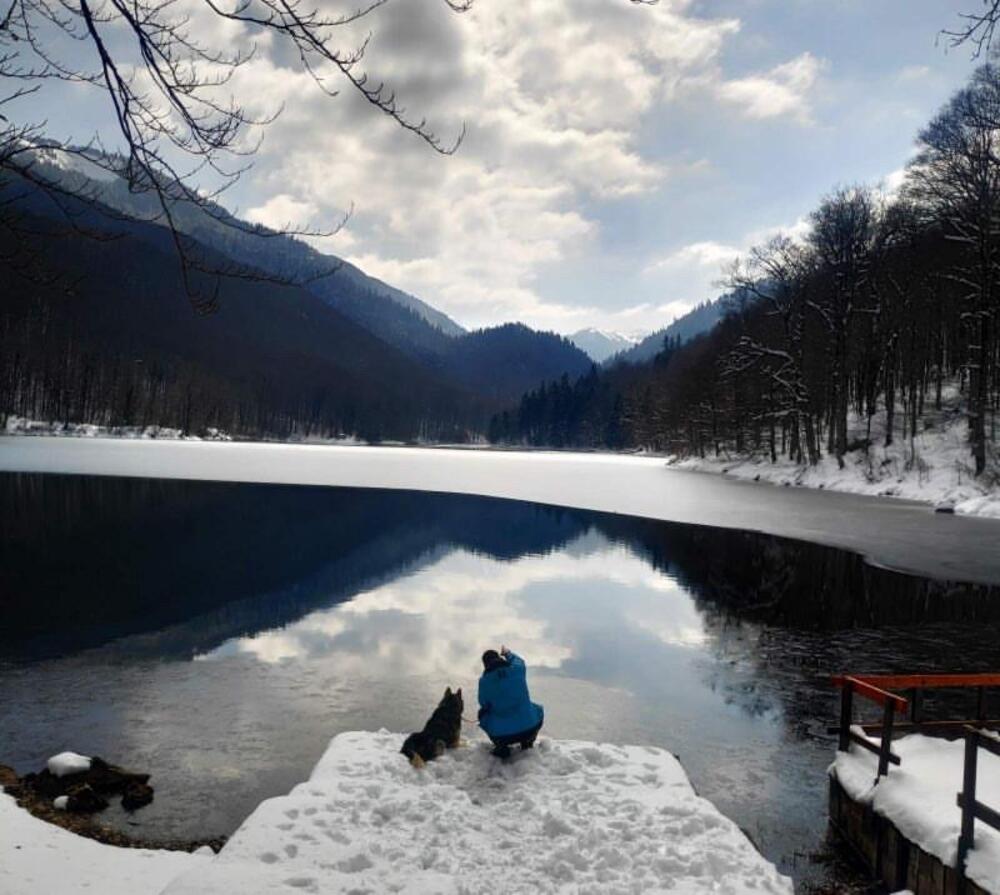
Montenegro is home to several national parks that are a must-visit for nature lovers and outdoor enthusiasts. Each national park offers unique features and stunning landscapes. Here are some must-visit national parks in Montenegro:
- Durmitor National Park:
- Known for its rugged terrain and glacial lakes.
- Offers hiking trails, including the famous Bobotov Kuk peak.
- Spectacular views of the Tara River Canyon, the deepest canyon in Europe.
- Biogradska Gora National Park:
- Houses one of the last primeval forests in Europe.
- Crystal-clear lakes and diverse flora and fauna.
- Offers hiking trails and opportunities for wildlife spotting.
- Lovćen National Park:
- Panoramic views of the Adriatic Sea and the Bay of Kotor.
- Historic sites, including the mausoleum of Petar II Petrović-Njegoš.
- Hiking trails and cultural landmarks to explore.
Cultural and Historical Landmarks Worth Exploring
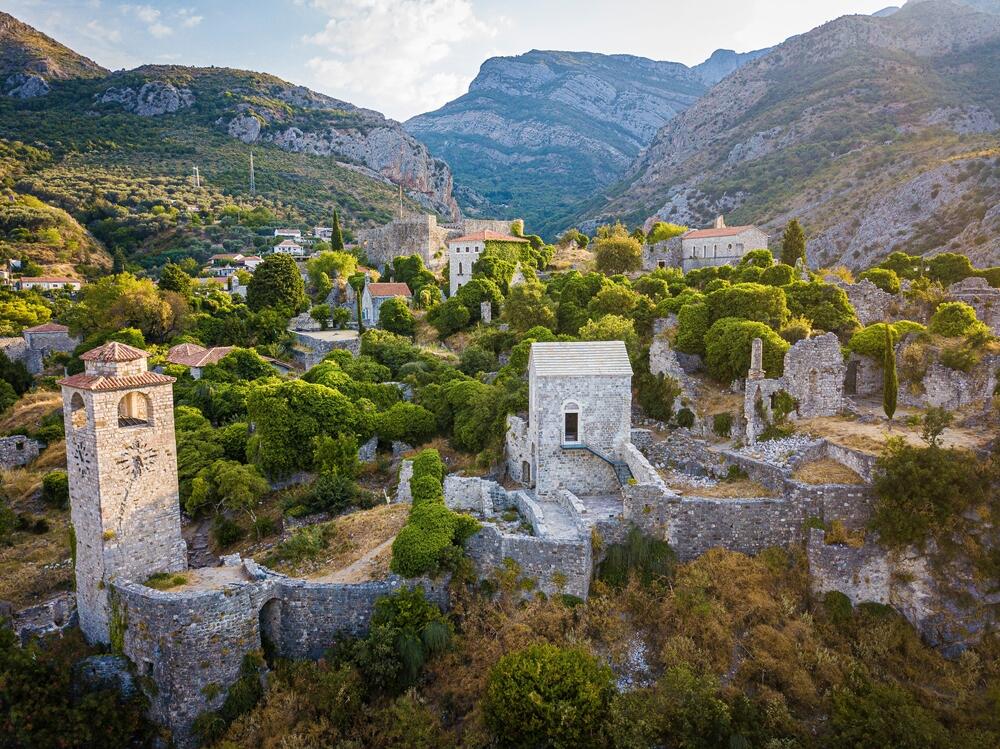
Montenegro is a country with a rich cultural and historical heritage, and exploring its cultural landmarks is a must for any visitor. From ancient monasteries to grand fortresses, here are some cultural and historical landmarks worth exploring in Montenegro:
- Ostrog Monastery: Perched on a cliff, this 17th-century monastery is a significant pilgrimage site for Orthodox Christians. It houses the relics of Saint Basil of Ostrog and offers breathtaking views of the surrounding countryside.
- Old Bar: The old town of Bar is a historical gem, with its ancient ruins, narrow streets, and Ottoman architecture. Exploring Stari Bar allows you to step back in time and imagine the town's vibrant past.
- Kotor Fortress: Situated above the picturesque town of Kotor, the Kotor Fortress offers panoramic views of the Bay of Kotor. The fortress is a testament to the town's rich history and offers a glimpse into its medieval past.
- Herceg Novi Old Town: This charming coastal town boasts a well-preserved old town with stunning architecture, including the iconic Clock Tower and Forte Mare Fortress. Explore the winding streets and discover the town's unique charm.
These cultural and historical landmarks provide a window into Montenegro's rich history and cultural heritage.
Ancient Monasteries and Churches with Rich Histories
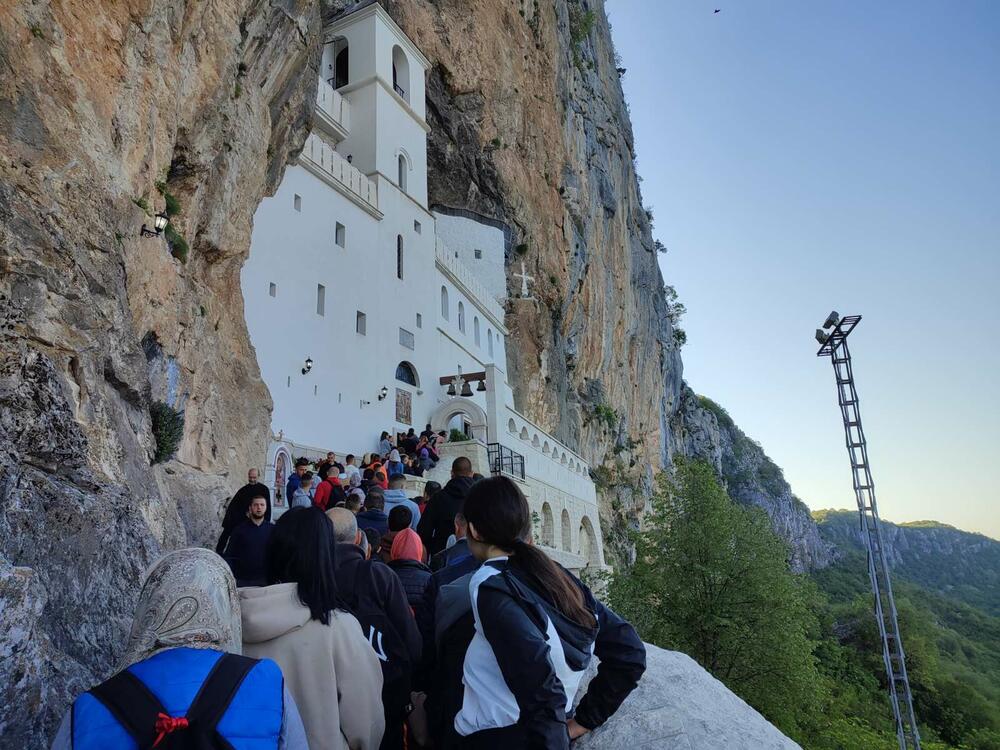
Montenegro is home to ancient monasteries and churches that showcase the country's religious heritage and cultural significance. These architectural wonders are not only places of worship but also bear witness to Montenegro's rich history. Here are some ancient monasteries and churches worth visiting:
- Ostrog Monastery: Located on a cliffside, Ostrog Monastery is one of Montenegro's most important pilgrimage sites. It is renowned for its stunning white facade and its holy relics.
- Cetinje Monastery: Situated in the former capital of Montenegro, Cetinje Monastery is a symbol of national and spiritual importance. It houses the relics of Saint Peter of Cetinje and offers a glimpse into Montenegro's Orthodox Christian heritage.
Fortresses and Castles That Tell Montenegro's Story
Montenegro is dotted with fortresses and castles that tell the story of the country's turbulent history and strategic significance. These magnificent structures offer a glimpse into Montenegro's past and showcase its architectural heritage. Here are some fortresses and castles worth exploring:
- Kotor Fortress: Located above the town of Kotor, the Kotor Fortress is a UNESCO World Heritage site and offers panoramic views of the surrounding landscapes. It is a testament to the town's rich history as a strategic stronghold.
- Bar Fortress: Located in the coastal town of Bar, the Bar Fortress is an imposing structure that bears witness to Montenegro's turbulent past. It offers stunning views of the Adriatic Sea and the surrounding landscapes.
Frequently Asked Questions
What Is the Best Time of Year to Visit Montenegro?
The best time to visit Montenegro is during the summer months of June to September when the weather is warm and favorable for outdoor activities. The coastal region is especially popular during this time, attracting tourists who want to enjoy the beaches and the beautiful Adriatic Sea.
Can you get by with English in Montenegro?
English is widely spoken in Montenegro, especially in tourist areas and larger cities. Most hotels, restaurants, and tourist attractions have English-speaking staff, making it easy for tourists to communicate and navigate their way around the country.
Bonus video:



